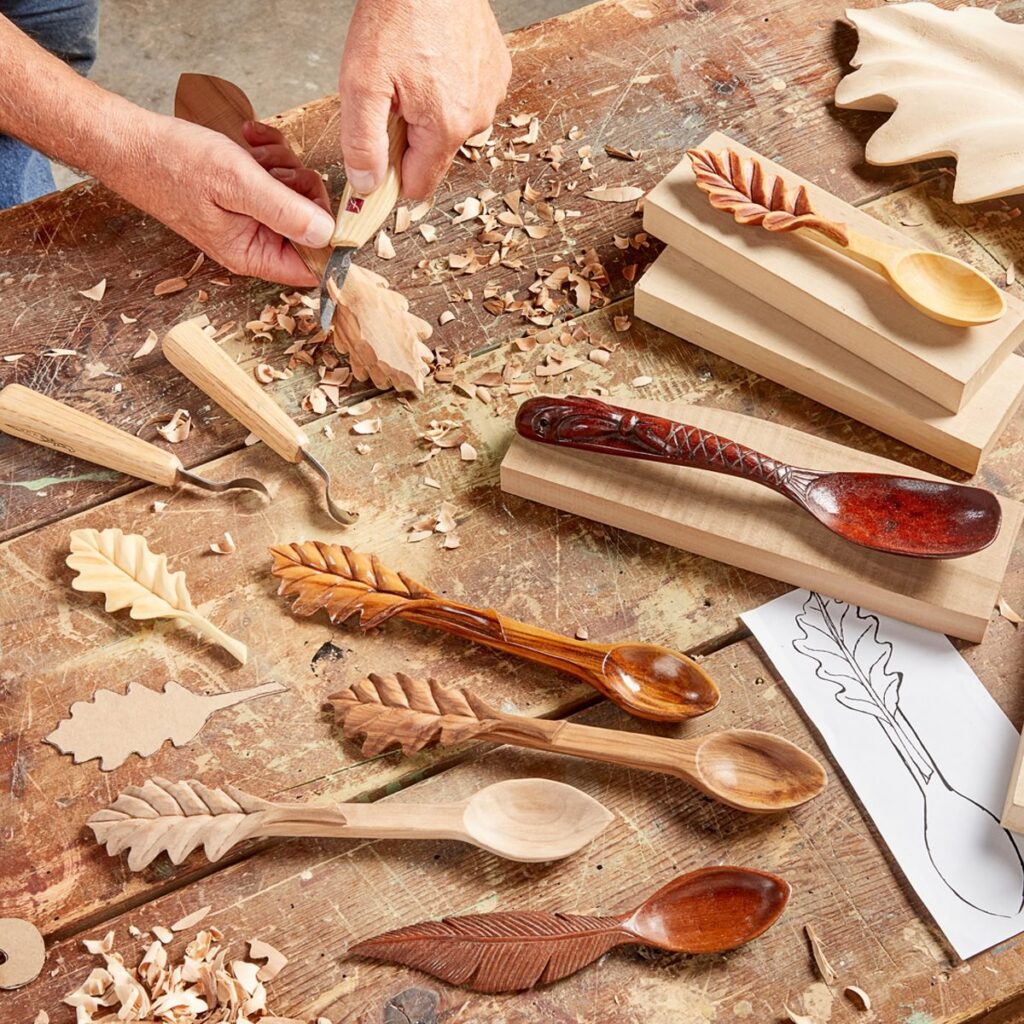
Carving spoons is a craft that has been around for centuries, and it’s no wonder why: the finished product is both beautiful and practical. When it comes to selecting the right type of wood for spoon-carving, there are many factors to consider. Different types of wood possess different characteristics, some of which can lead to better carving results. In this article, we will introduce you to the best wood for spoon carving.
- Factor when selecting wood for spoon-carving
- Hard end softer wood
- Wet and dry wood
- Best wood for spoon carving
- Alder
- Maple
- Birch
- Apple
- Cherry
- Plum
- Walnut
- Beechwood
- Pear
- Hornbeam
- Elm
- Ash
- Oak
- Pine
- Juniper
- What is the best wood for spoon carving?
- What is the best wood for making spoons?
- How to choose non-toxic wood for dishes?
- What wood to choose for beginner carvers?
- Why make a wooden spoon when you can buy them?
- Conclusion
- What type of wood is best for carving spoons?
- Is green or dry wood better for spoon carving?
- What is the best green wood for spoon carving?
- What wood is best for bowls and spoons?
Factor when selecting wood for spoon-carving
Hard end softer wood
The most important factor when selecting wood for spoon-carving is the grain. The grain of the wood can determine how easy or difficult it is to carve, and can even influence the final shape of the spoon carved into. Hardwoods, such as cherry or walnut, tend to have finer and tighter grains that can provide a smoother carving experience. Hardwood is a type of wood that comes from fruit trees (apple, cherry, pear, plum, walnut), as well as trees such as beech, hornbeam, and plane tree.
Softer woods, like pine or basswood, have more open grains and are easier to carve. Softwood, on the other hand, is more affordable and can be used for smaller projects such as craft and hobby items. Maple, alder, and birch are all examples of softwood that can be used in woodworking.
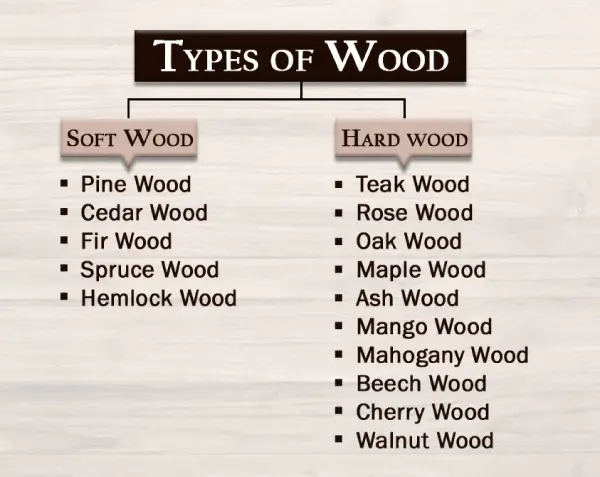
Wet and dry wood
Carvers use green wood as it is much easier to work with and allows them to create intricate shapes that would be impossible with dry wood. Green wood can be carved into a multitude of objects, such as spoons, bowls, and utensils. Dry wood is more likely to crack or break during the carving process, while wood that is too wet can cause the tools to slip and may be difficult to shape. Wood that has been allowed to dry for a few years can still be carved, however the process will require greater force.
Green wood is ideal for carving as it is easier to shape with basic tools, such as a knife and gouge. The retained water in green wood helps reduce friction which makes the process easier, however if the wood is too wet, it can cause the tools to slip and make carving more difficult. The ideal moisture content for woodcarving in wet wood is between 20 and 25%.
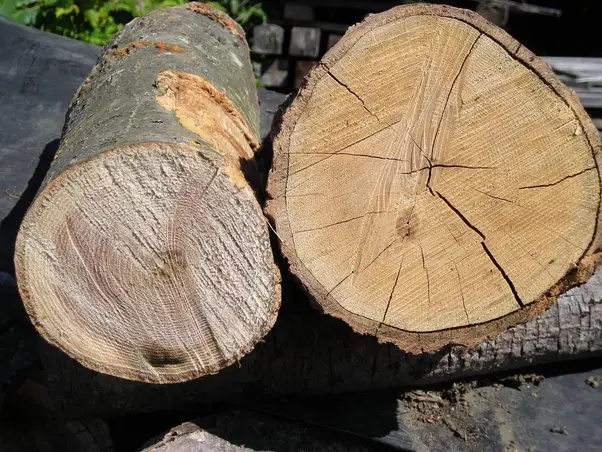
Wet materials require different tools and techniques than dry materials and the end result is also different. For example, if you are carving a tree branch for decorative purposes, you will need to use an ax and knives rather than sandpaper since the branch is wet. On the other hand, if you are using a dry piece of ebony for a wooden spoon, you can use sandpaper to achieve a high polish.
Best wood for spoon carving
There are many different types of spoon carving woods available, each with its own unique properties. When embarking on a spoon carving journey, it’s important to familiarize yourself with the wide variety of woods that are available.
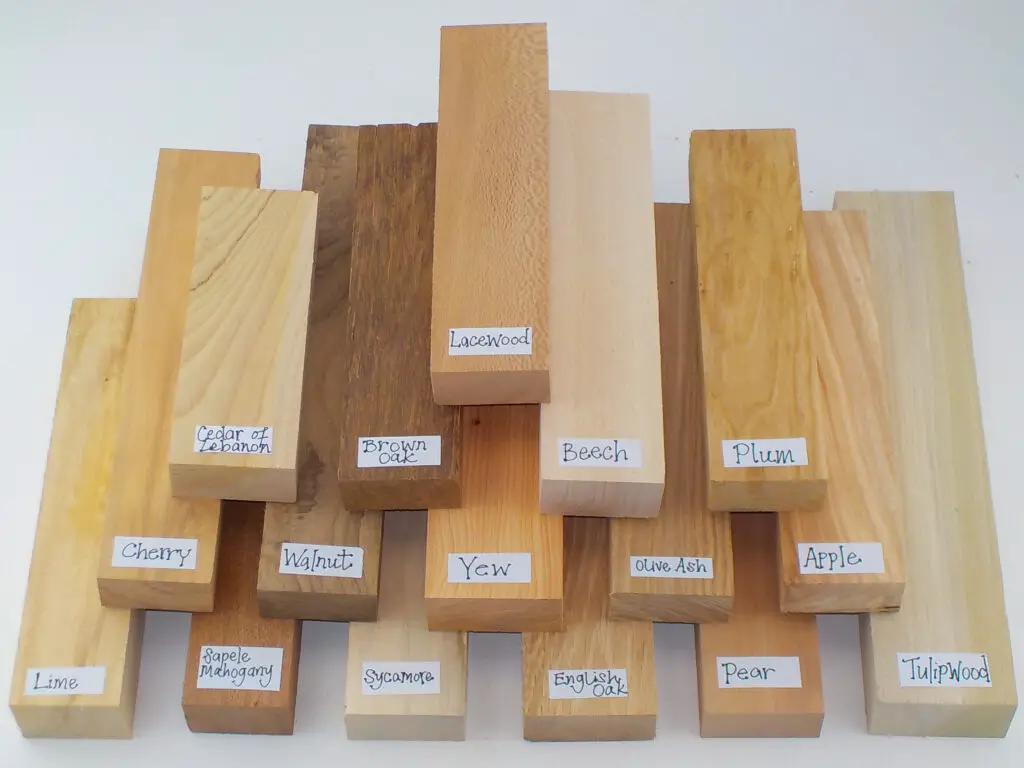
Alder
Alder is one of the best wood for spoon carving due to its unique combination of features. Its straight grain produces a beautiful texture that creates an aesthetically pleasing spoon. Carving Alder with hand tools is relatively simple, but it can also be carved with power tools for faster production.
Maple
Maple is one of the most difficult woods to carve a spoon from, yet it’s still considered one of the best options due to its excellent grain pattern, texture, and overall look. Maple also has a unique characteristic that makes it one of the most sought-after woods for spoon carving – its ability to hold intricate details well. This makes maple an excellent wood choice for those looking to carve and create highly detailed and decorative pieces like spoons.
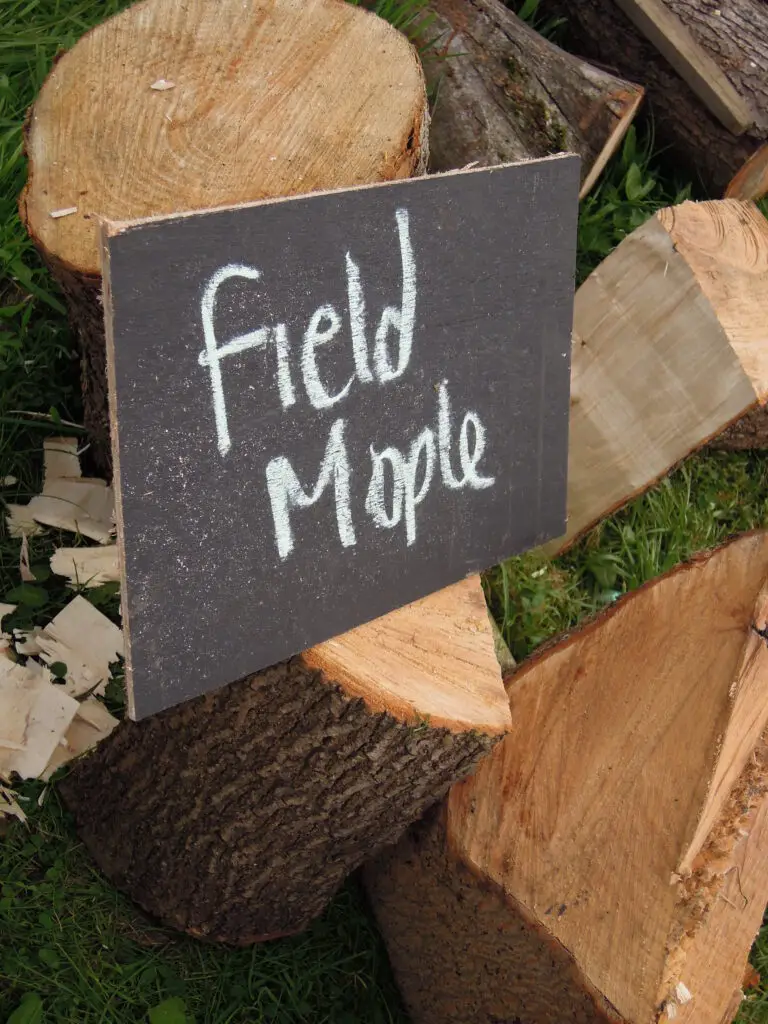
Birch
Birch wood is relatively light and not too hard, but still strong enough to really carve spoons with intricate details. It is also very water resistant and doesn’t rot easily, which makes it perfect for use in the kitchen. The best part about carving with Birch is that when it’s fresh, it’s soft and easy to carve. However, once it has dried out, the wood becomes harder and less prone to warping. This makes it an ideal material for carving spoons that will last a lifetime.
Apple
Apple wood is one of the best woods to use for spoon carving. It is lightweight, but remarkably durable and able to withstand wear and tear. The wood holds its grain pattern well, making it an ideal choice for creating spoons that look like antique pieces. Additionally, it can be carved with both power tools and sharp knives, giving woodworkers of all skill levels the ability to craft beautiful spoons. The only downside is that beginners might not find this wood quite as easy to work with as some other options.
Cherry
Cherry wood is an excellent choice for spoon-carving, since its hardwood makes it easy to chip into any shape. The cherry trees heartwood is a beautiful pinkish-brown shade that gradually darkens over time. The wood is resilient to wear-and-tear, making it a great choice for long-lasting kitchen spoons.

Plum
Plum wood has a beautiful range of colors from yellow-brown to dark red-brown, and its high density makes it a great choice for carving. It’s not uncommon to find pieces of plum wood with interesting inclusions such as burls, curly grain, and other natural features. When carving a spoon out of plum wood, it’s important to use a sharp knife and be prepared for some difficult cuts.
Walnut
Walnut is one type of wood that is highly sought after for its elegance and rarity. The wood is quite expensive, ecause of its rarity. Even if you are just starting out in spoon carving, it is still worth considering walnut as a material for your spoons. Though the wood is harder to work with, the end result is sure to be a beautiful and unique item that will be treasured.
Beechwood
Beechwood is a popular choice for woodcarvers since it retains its shape and size very well over time. Its hard, dense nature makes it difficult to work with a chainsaw, but perfect for creating spoons by hand. The unique grain patterns created by spalted beech make it an especially attractive choice for spoon carving.
Its hardness also means that you carve and can make precise carvings without fear of accidentally chipping away too much material. This makes it a great choice for intermediate woodworkers looking to take the next step in their carving journey.
Pear
Pear wood has a unique combination of strength and beauty that makes it ideal for crafting kitchen spoons. Its high density ensures that it won’t warp or rot, making it durable and dependable. On top of that, the wood has a rich golden hue with a distinctive grain pattern that makes it eye-catching and the great spoons visually appealing.
Hornbeam
Hornbeam is a type of hardwood. It is known for its attractive grain pattern, which adds to the overall beauty of the wood. Its texture is also quite unique and produces a light, airy look when used for carving utensils. Hornbeam is also very durable, making it ideal for spoon and other kitchen utensils that needs to last for a long time.
Elm
Elmwood is a hardwood species derived from trees in the genus Ulmus. It is prized for its resilience, strength and unique grain patterns. It is difficult to carve but can be twisted and cross-grained, giving it a distinctively beautiful pattern.
The heartwood of elmwood can range in color from a rich red-brown to a light cream, while the sapwood is usually much lighter. Elmwood is ring-porous, meaning that the pores of the wood are larger and more plentiful in the green springwood than in the summerwood. This feature gives the wood a distinctively vivid color contrast between spring and summer.

Ash
Ash wood is often seen as a favorable choice for tools and sports equipment due to its great strength, durability and flexibility. The grain of wood tends to be open and coarse, which gives it a unique character.
In terms of its appearance, wood has a light yellow or white sapwood with streaks of reddish-brown in the heartwood. The spring wood is lighter in color with a ring-porous structure and the summer wood has a slightly darker tone and is more compact.
Oak
Oak wood is a popular choice for furniture, cabinetry and decorative objects because of its beauty and strength. As a hardwood, oak is heavy, stiff and durable. It is highly sought after by woodworkers for its fine grain and distinctive medullary rays— shimmering lines across the grain that become more prominent when carved or sanded. The heartwood of oak is brown and the sapwood is lighter in color.
Pine
Pine is a popular choice for wood carving because of its affordability and stunning colors. The heartwood of pine contains high amounts of resin, giving it its unique red-yellow hue. Pine is a soft wood, which makes it easier to shape and carve into desired shapes without the need for large and powerful tools. However, the different growth rings of pine can cause problems when carving wood, as the spring wood is softer and weaker than summer wood, thus making it more fragile at thinner points.
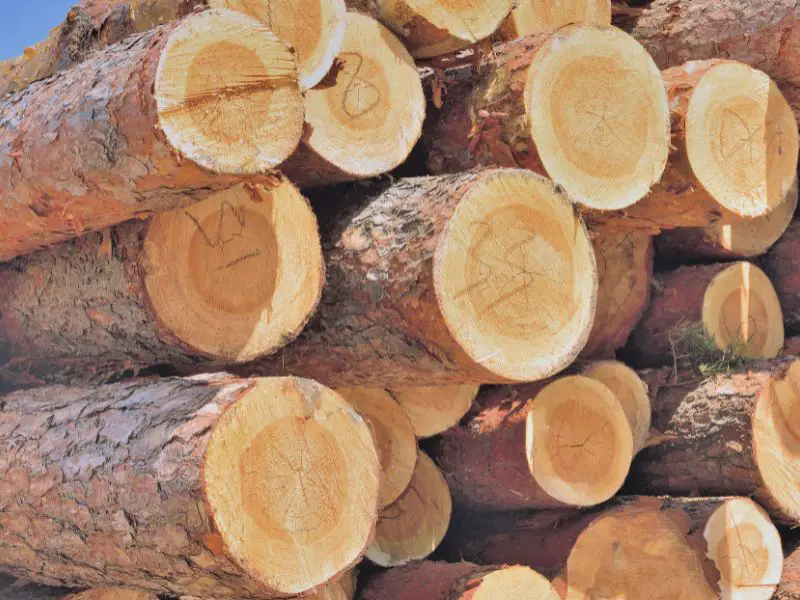
Juniper
Juniper wood is highly prized for its beauty, durability and wood carving, qualities. The wood has a gorgeous brown-red hue with streaks of yellow-white sapwood and is often used to make furniture and other wood carvings. Despite its beauty, Juniper wood can be tricky to carve as it is dense and slow-growing. Juniper wood has many small twigs, growth rings and twisted fibers which make carving difficult but rewarding.
What is the best wood for spoon carving?
Wood spoons have become increasingly popular in recent years due to their sustainability and durability. Maple wood is one of the most popular woods used for making spoons, due to its strength and resistance to wear and tear. Beech wood is also a popular choice for spoon-making as it’s strong, durable, and takes on a beautiful color after being stained. Birch is another great choice for wooden spoon-making, as it’s lightweight yet has strength.
But if your customers want a good wood long-lasting spoon, you’ll also need to finish it with a food-safe material.
What is the best wood for making spoons?
Fashioning spoons out of different wood materials can require different techniques. For instance, basswood spoons can be whittled out of dry blocks. However, birch spoons are best crafted when the wood is still green and malleable. This allows for different techniques to be used in order to create different shapes and designs. Once carved, the spoons become stronger and more durable when the wood dries, making them almost indestructible.
How to choose non-toxic wood for dishes?
Woods is food-safe and is non-toxic for utensils come from many species of trees, such as maple and walnut. These woods are generally chosen for their hardness, strength, and resistance to rot. Other non-toxic woods that can be used for utensils include apple, ash, beech, birch, cherry, hickory, and oak.

What wood to choose for beginner carvers?
When starting out, it’s important to select the right type of wood for your project. Basswood is an ideal wood for beginner carvers due to its softness and relative ease of carving.
Start out by learning basic carving techniques, like making simple shapes and lines, then advance to more complex designs.
When choosing a wood for a specific project, make sure it’s conducive to the design you have in mind. For example, if you’re carving a bowl or spoon, you should select a food-safe wood that won’t absorb moisture. If your project will be in a bathroom with high humidity, you should opt for a wood that won’t warp easily.
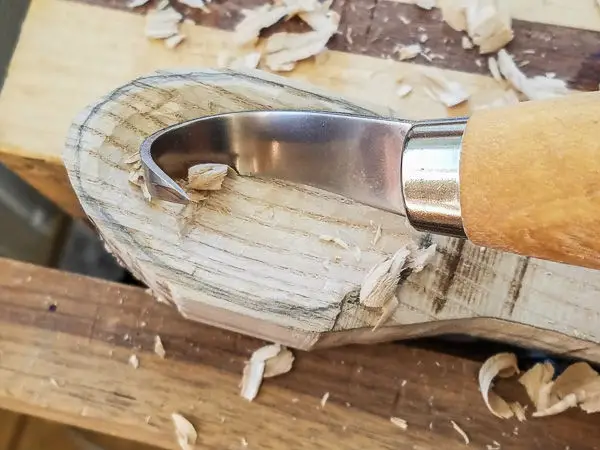
When selecting the right wood for carving, make sure it’s affordable. Softwoods tend to be much cheaper than hardwoods and are usually easier to find. You may be able to find wood at local lumberyards or woodworking supply stores, or you can purchase it online.
Finally, it’s also a great way to learn the basics of wood carving and gain experience with tools like saws, chisels, and hook knife.
Why make a wooden spoon when you can buy them?
Creating a wooden spoon is an incredibly satisfying experience. Not only do you get to take a hands-on approach to craftsmanship, but upon completion of your project you’re left with a unique, one-of-a-kind item that you can proudly display in your kitchen and use for years to come. The satisfaction of taking an ordinary piece of wood and turning it into something useful is unparalleled.
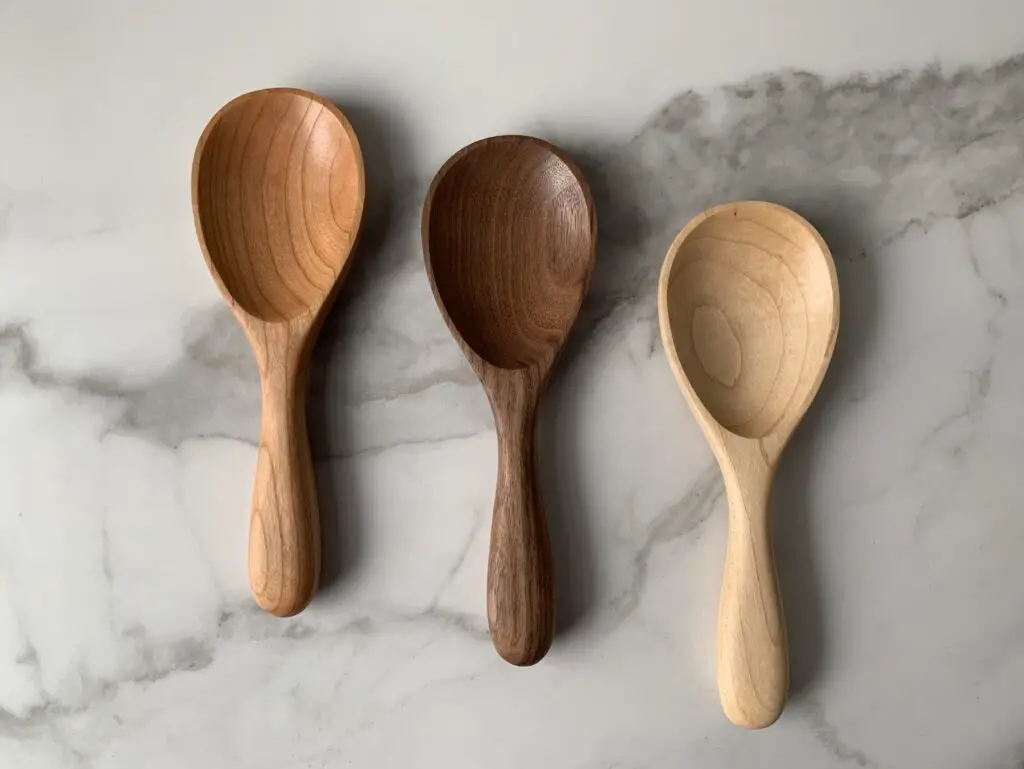
Conclusion
The great thing about carving spoons is that you don’t need a big chunk of wood to do it – small pieces are more readily available. This lets you carve spoons of different sizes and shapes without having to embark on a lengthy search for the perfect piece of wood. Of course, you’ll still need to carve the spoon from the wood, but the process itself is quite straightforward and can even be relaxing. Follow these tips and you will find the perfect wood for your spoon carving.
Read more: 18 easy wood carving projects
What type of wood is best for carving spoons?
When it comes to creating kitchen tools and accessories, Maple and Olive woods are ideal choices due to their dense and tight grains. This type of wood is more resistant to wear and tear, making it perfect for creating items that will last a long time.
Is green or dry wood better for spoon carving?
Carving dried wood can often be difficult and time consuming, as the lack of moisture means the wood is hard and more brittle. Green wood is more elastic and flexible, making it much easier to carve and shape.
What is the best green wood for spoon carving?
Basswood is the perfect wood to use for beginners as it’s easy to work with and requires minimal tools. It is also a soft wood, which means it’s easier to whittle.
What wood is best for bowls and spoons?
Cherry wood bowls and spoons are renowned for their strength and durability. This makes them the perfect choice for everyday use as they don’t wear out quickly. In addition, cherry wood bowls and spoons are unstained and have a natural beauty.

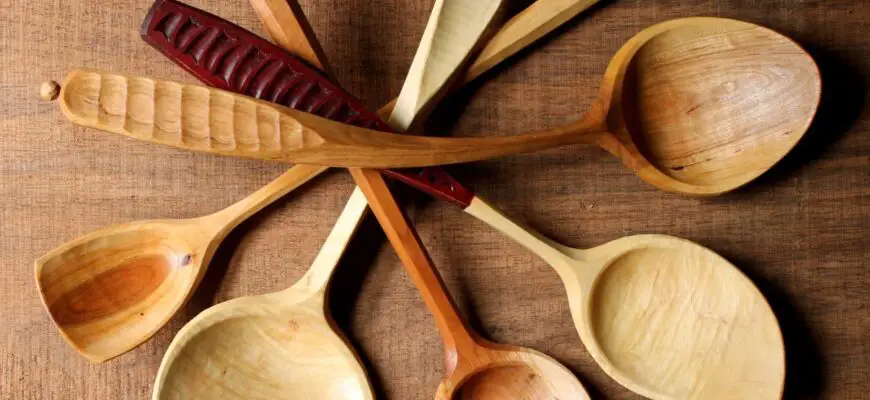
![How Long Does Wood Siding Last? [3 Lifespan Secrets] How Long Does Wood Siding Last: The Best Guide 2024](https://bestwoodforcarving.com/wp-content/uploads/2024/01/How-Long-Does-Wood-Siding-Last-3-Lifespan-Secrets-335x220.jpg)
![Examine [5+ tools and techniques] to cut square hole in wood Cut Square Hole In Wood: 5 Best Ways To Do It Perfectly](https://bestwoodforcarving.com/wp-content/uploads/2024/01/cut-square-335x220.jpg)
![Burn, laser, tool, CNC, hand wood engraving [5 ways explained] Hand Wood Engraving And Other Best Ways To Work With Wood 2024](https://bestwoodforcarving.com/wp-content/uploads/2024/04/bestwoodforcarving.com_-335x220.jpg)
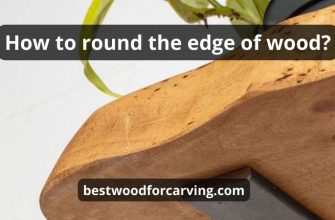
![How long for wood filler to dry? [Tips & Tricks] wood 26](https://bestwoodforcarving.com/wp-content/uploads/2024/01/wood-26-335x220.jpg)


![How to remove white spots from wood furniture? [10 super-easy methods] How To Remove White Spots From Wood : Top 10 Best Tips](https://bestwoodforcarving.com/wp-content/uploads/2023/12/wood-12-335x220.jpg)
